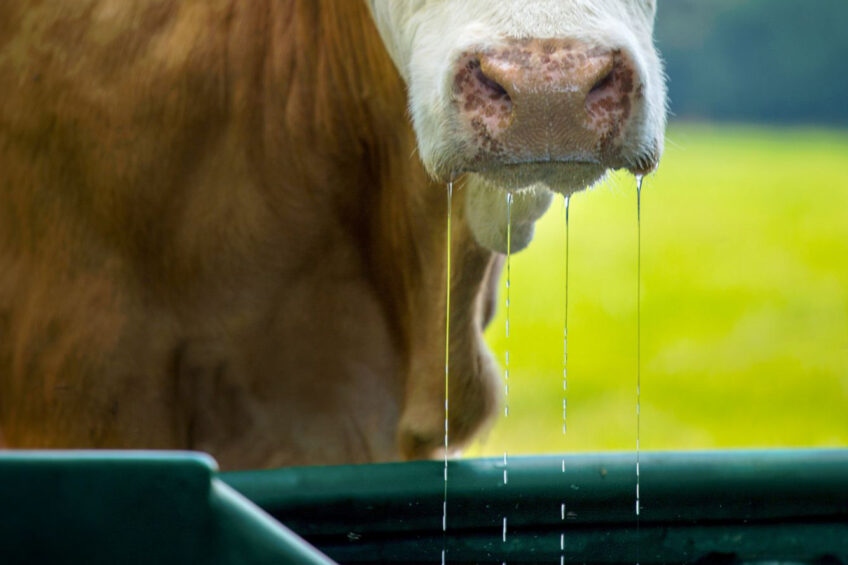Bird flu in US dairy cows – how is it being transmitted?

On 9 April, there were reports in the media that the recent H5N1 highly-pathogenic avian flu outbreak among US dairy cattle could have been caused by contaminated animal feed.
Although not permitted in the UK and EU, feeding cattle and other livestock species ground-up waste from other livestock, including chickens, is legal in the US.
According to Dr Steve van Winden, associate professor in Population Medicine at the Royal Veterinary College in England, the feeding of poultry litter to cows “is a risk in the case of H5N1”. He also pointed out in a recent Telegraph newspaper report that in years past, feeding chicken litter to beef cows has been a known factor in causing botulism in cattle.
Not litter
However, the US Food and Drug Administration stated it is “not aware of any data showing that the use of poultry litter in cattle feed is posing human or animal health risks that warrant restrictions on its use.”
It would also seem improbable that contaminated chicken litter is the cause of all the outbreaks in the US. As of 11 April, there were 11 US dairy farms with avian influenza infections across 7 states, and those states are very geographically widespread (e.g., Michigan, Idaho, Kansas, New Mexico and Texas, and on Wednesday 11 April, North Carolina). Litter as the culprit would mean cows at these 11 farms were all recently fed chicken litter.
Milk contains virus
In terms of other possible infection routes, new research show the virus is present in the milk of infected cows.
This finding was discussed in a recent virtual meeting on the situation attended by experts around the world. US Department of Agriculture scientists reported that milk, nasal swabs and blood from cows at infected dairy farms were all tested and the virus was only found in the milk.
“Right now, we don’t have evidence that the virus is actively replicating within the body of the cow other than the udder,” stated Suelee Robbe Austerman of the USDA National Veterinary Services Laboratory.
This suggests the virus could spread through contaminated equipment, but not perhaps from cows breathing on each other or through other means of active shedding. Instead, some experts believe that the most likely way dairy cows have contracted avian flu is by eating grass or drinking water containing wild bird faeces infected with the virus.
Transmission of small amounts of wild bird faeces has been determined by many in North America and Europe to be the likeliest way that the virus has entered commercial poultry barns and caused infections there.
Join 13,000+ subscribers
Subscribe to our newsletter to stay updated about all the need-to-know content in the dairy sector, two times a week.










